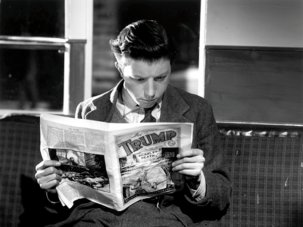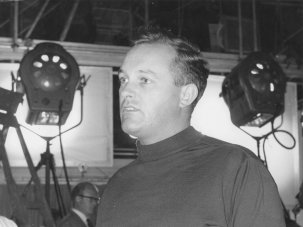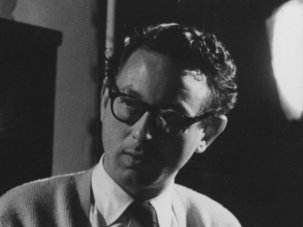Web exclusive
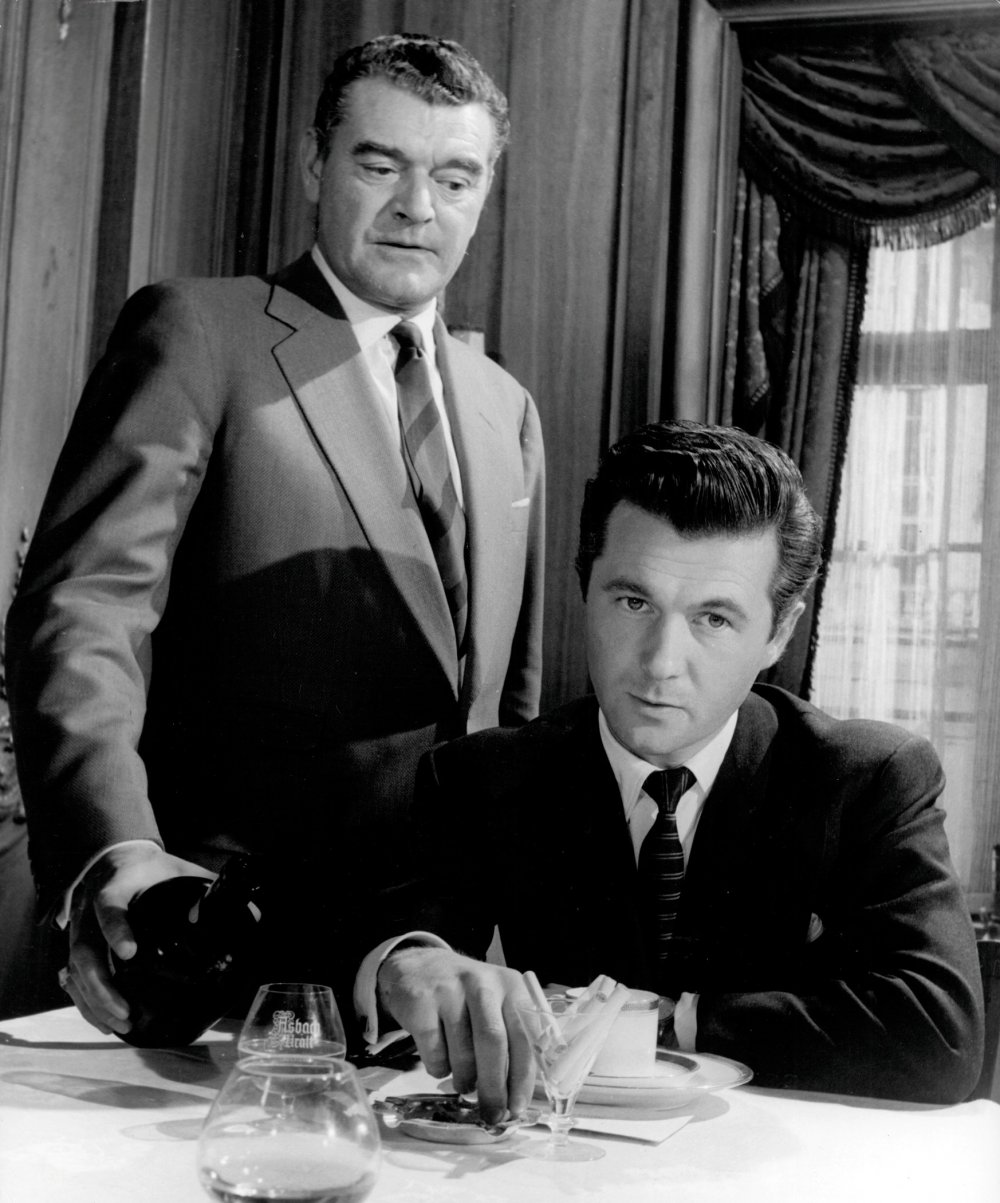
Bryan Forbes (right) with Jack Hawkins in The League of Gentlemen (1960)
Whistle down the Wind (1961) is not only one of the most noted directorial debuts in British cinema but one of the most honest and moving depictions of childhood on film, one to be mentioned in the same breath as Spirit of the Beehive. Bryan Forbes, then better known as an actor-writer, used the storyline of how three children believe an escaped suspect to be Christ to depict a very real Lancashire where the everyday existence of children is already tainted but not entirely corroded by bullying, cynicism, death and adult indifference.
The screenplay for Whistle was by Keith Waterhouse and Willis Hall but Forbes’ next films as a director also made use of his finely nuanced ear for dialect. As a visual stylist, his use of black-and-white film was always utterly appropriate to the scenario, be it the mildewed suburban despair of Séance on a Wet Afternoon (1964) or the Japanese PoW camp in his first Hollywood film King Rat (1965).
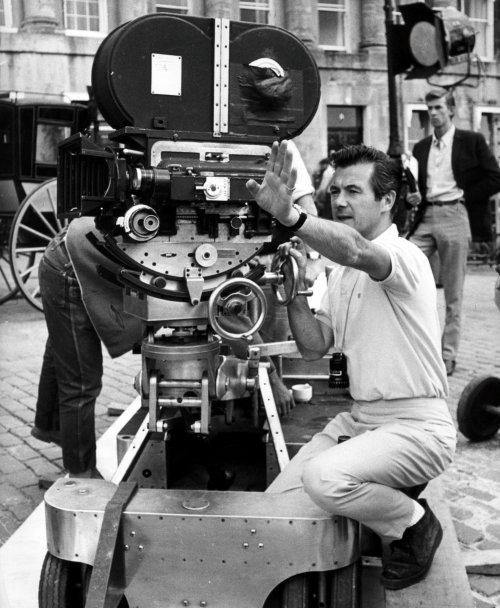
Forbes in the director’s seat
Forbes’ writing and direction provided choice opportunities for the finest British character actors, from Leonard Rossister’s sardonic welfare officer in The Whisperers (1966) to Richard Attenborough’s despairing husband in Séance: he believed that in a film “Everything should be subordinate to the performance.”
Forbes was born John Clarke in London and won a scholarship to RADA in 1942. After war service he made an early appearance in The Small Back Room but a sojourn in Hollywood with his first wife Constance Smith was professionally unfulfilling and it was British cinema that offered Forbes his best opportunities.
Forbes’ short stature precluded most leading roles and so he played the hero’s best friend in Appointment in London (1952) and an alien-possessed killer in Quatermass 2 (1957). One starring role was in Wheel of Fate (1953) as an ultra-Brylcreemed spiv and it was on the set of this B-film epic that Forbes met his future second wife Nanette Newman.
In addition to his acting career, Forbes also published the short-story collection Truth Lies Sleeping in 1951 and used pseudonyms to interview film stars for the cinema press, including himself on one notable occasion. He was also the script doctor for a variety of films, such as the historically dubious Alan Ladd vehicle The Black Knight (1954) and Roger Moore’s best picture The Man Who Haunted Himself (1970).
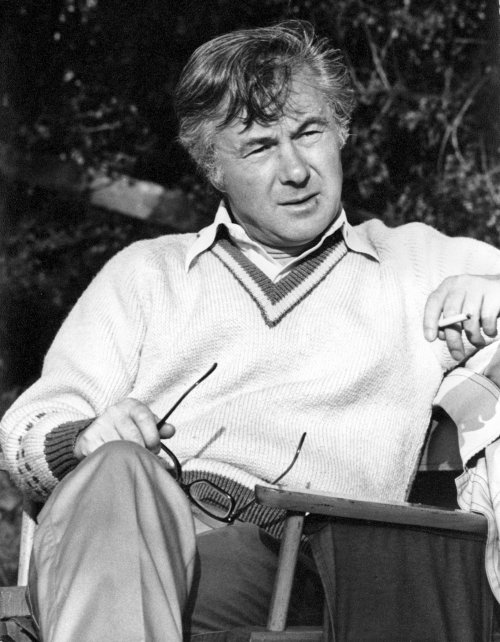
By the late 1950s Forbes was an established screenwriter with The Cockleshell Heroes (1954) and I Was Monty’s Double (1958) when he adapted an idea by the actor Michael Craig about a factory worker sent to Coventry. The eventual script for The Angry Silence (1960) was subsequently nominated for an Oscar and perhaps encapsulates Forbes’ weaknesses and strengths; his penchant for melodrama went in tandem with an acute ear for authentic dialogue.
His next major screenplay for The League of Gentlemen (1960) was one of his finest, wittily undermining the myths of the British war film and giving Jack Hawkins his last great role. It was marked also Forbes’ last major appearance as an actor.
After The Whisperers (1966) too many of Forbes’ films seemed to concentrate on colour vistas and an overemphasis on whimsy. Two major exceptions both starred Nannette Newman: The Stepford Wives (1974) remains a magnificent black comedy and The Raging Moon (1970) a depiction of physical handicap that was angry and non-patronizing. The latter was made during Forbes’ troubled time as the chief of production at Elstree Studios, where he complained of underfunding though managed to support Hoffman (1969), The Railway Children (1970) and The Go-between (1971).
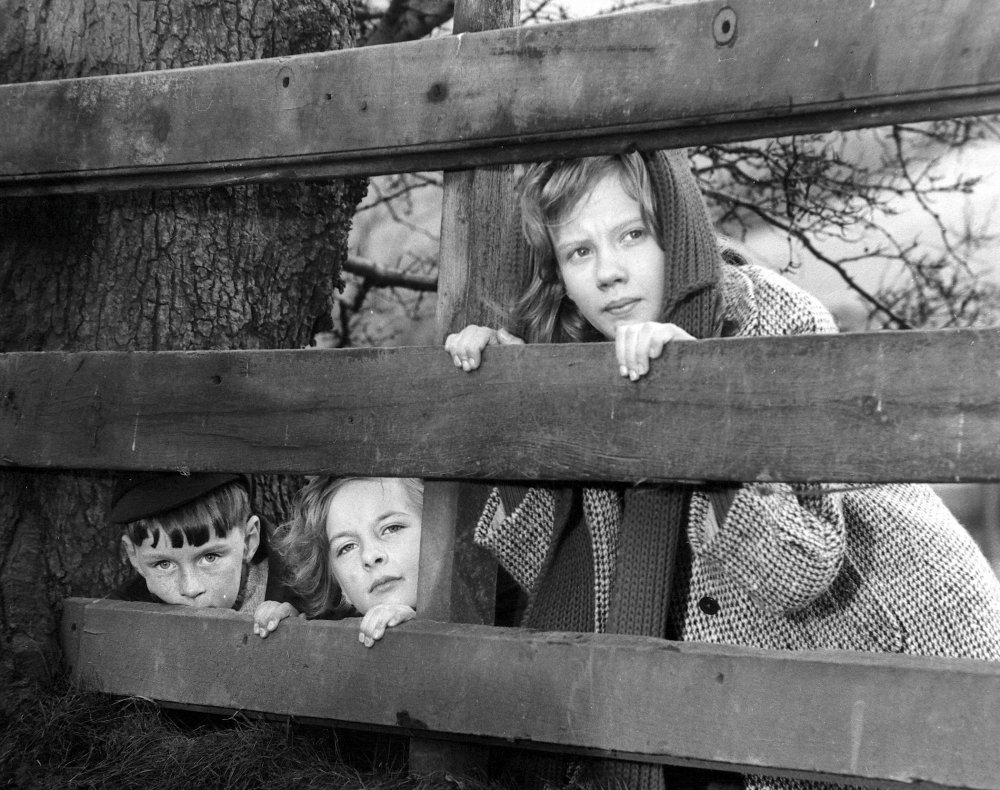
Whistle down the Wind (1961)
The Naked Face (1984) was the last cinematic release to be directed by Forbes and he was awarded the CBE in 2004. There remain many who believe that he deserved a knighthood for Whistle down the Wind alone.
He is survived by Nanette and their two daughters, Emma and Sarah.




